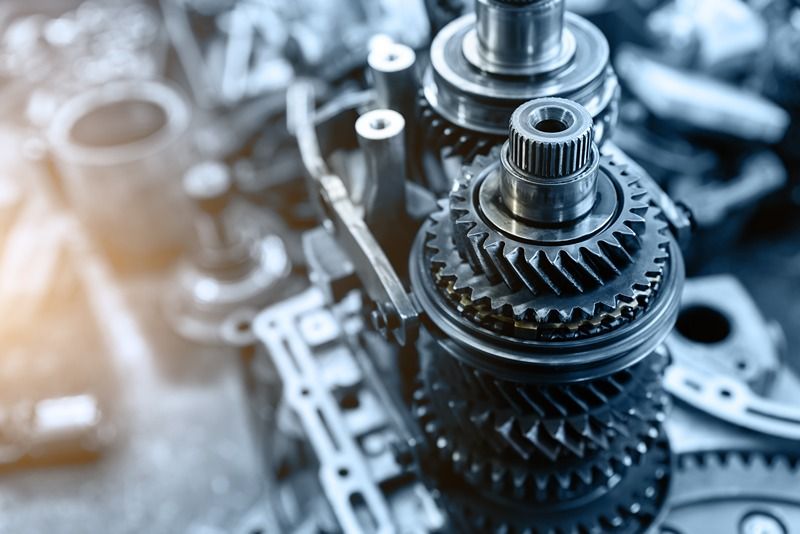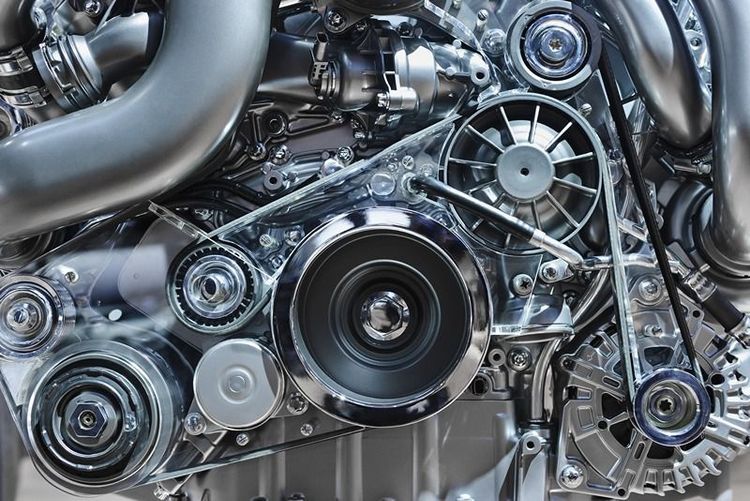Heat-treated steel is a critical material in producing engine components, providing the strength, durability, and resistance needed to handle extreme conditions. For Indian MSMEs involved in automotive manufacturing, understanding the benefits and applications of heat-treated steel is crucial to producing high-quality, long-lasting parts. This blog will explore the key advantages of heat-treated steel in engine components and how it is applied in various critical engine parts.
What is heat-treated steel?
Heat treatment involves heating and cooling steel to alter its internal structure and improve its mechanical properties. The process is carefully controlled, and the most common types of heat treatment include:
Annealing: Softens the metal for improved ductility and workability.
Quenching: Rapidly cools the steel, increasing its hardness and strength.
Tempering: Reduces brittleness after quenching, improving toughness.
Normalising: Cools the steel in the air to enhance uniformity and strength.
Surface hardening: Hardens the steel's outer layer while keeping the core tough, increasing wear resistance.
These treatments enhance steel's performance, making it ideal for engine components that must withstand high pressure, stress, and temperature.
Benefits of heat-treated steel in engine components
1. Increased hardness and strength
Engine components, such as crankshafts and connecting rods, face heavy loads and must be incredibly strong. Heat-treated steel increases these parts' hardness and tensile strength, making them more resistant to mechanical stress and less prone to deformation or failure.






 +91 7208055523
+91 7208055523
 Help & support
Help & support
